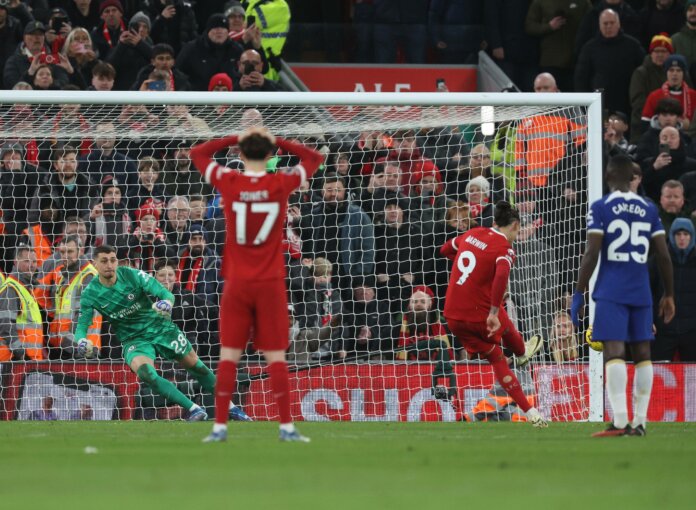In the thrilling world of football, few moments match the heart-pounding excitement of a penalty shootout. This nail-biting finale has inspired everything from intense training regimens to penalty shoot out casino games, capturing the essence of football’s unpredictable nature. But the sport’s influence extends far beyond the pitch, shaping cultures, economies, and even international relations.
Football’s Global Impact
Economic Powerhouse
The football industry has grown into a global economic juggernaut. From multi-billion dollar transfer fees to lucrative sponsorship deals, the sport generates enormous revenue streams. Major tournaments like the FIFA World Cup can significantly boost host nations’ economies through tourism and infrastructure development. The economic ripple effects of football extend far beyond the stadiums, influencing industries from hospitality to media.
Cultural Phenomenon
Football transcends its status as a mere sport, becoming a cultural touchstone in many societies. It influences fashion, music, and even language, with football terminology seeping into everyday discourse. The sport has become a lens through which many people view and express their cultural identity, creating a shared language that crosses borders and bridges divides.
Diplomatic Tool
The sport has often served as a means of diplomacy, fostering international relations and occasionally easing tensions between nations. Historical examples include the 1914 Christmas Truce during World War I, where soldiers from opposing sides played impromptu football matches in no-man’s land. More recently, football has been used as a tool for cultural exchange and mutual understanding between nations with strained political relationships.
The Evolution of Football Tactics
From 2-3-5 to Tiki-Taka
Football tactics have undergone a remarkable evolution since the sport’s inception. Early formations like the 2-3-5 “pyramid” have given way to more sophisticated systems. The 4-4-2 “English style,” the Dutch “Total Football,” and Spain’s “Tiki-Taka” possession-based approach are just a few examples of tactical innovations that have left their mark on the game. Each new approach reflects not just changes in strategy, but also shifts in player physicality, technology, and even cultural attitudes towards the sport.
The Rise of Data Analytics
Modern football has embraced data analytics, with teams employing advanced statistics to gain competitive edges. Metrics like expected goals (xG) and heat maps provide insights that shape transfer strategies and in-game decisions. This data-driven approach has revolutionized how teams scout players, analyze performances, and develop game plans, adding a new layer of complexity to the sport.
The Art of the Penalty Kick
Mastering the Mind Game
Penalty kicks are as much a psychological battle as they are a physical one. The one-on-one confrontation between striker and goalkeeper is a microcosm of the mental fortitude required in football. Players must maintain composure under immense pressure, with the hopes of their team and nation often resting on their shoulders.
Techniques and Strategies
Successful penalty takers employ various techniques to outsmart goalkeepers. The stutter-step approach, the power shot, and the placement-focused kick are all tools in a striker’s arsenal. Goalkeepers, in turn, have developed their own strategies, from studying opponent tendencies to employing distracting antics. This constant evolution of tactics keeps the penalty shootout a thrilling and unpredictable spectacle.
Football’s Social Impact
Grassroots Development
Football’s accessibility makes it a powerful tool for social development. Grassroots programs worldwide use the sport to promote education, improve health and fitness, and foster community cohesion. These initiatives often target underprivileged areas, using football as a means to engage youth and provide opportunities for personal growth and development.
Addressing Social Issues
The sport’s global platform has been increasingly used to address social issues. Campaigns against racism and discrimination have become prominent features of many leagues and tournaments. The promotion of gender equality in sports has gained significant momentum, particularly with the rising profile of women’s football. Additionally, football’s massive reach has been harnessed to raise awareness for various charitable causes, from health initiatives to environmental concerns.
Technology in Football
Video Assistant Referee (VAR)
The introduction of VAR has been one of the most significant technological advancements in modern football. While controversial, it aims to reduce officiating errors in key decisions such as goal/no goal situations, penalty decisions, direct red card incidents, and cases of mistaken identity. The implementation of VAR has sparked heated debates about the balance between accuracy and the flow of the game.
Goal-Line Technology
Goal-line technology has virtually eliminated disputes over whether the ball has crossed the goal line, providing instant and accurate decisions. This innovation has been widely praised for its effectiveness and minimal disruption to the game, setting a standard for how technology can be seamlessly integrated into football.
The Future of Football
As we look to the future, it’s clear that football will continue to evolve and adapt. The sport is expanding its global reach, with increasing interest in non-traditional markets like the United States, China, and India. Emerging African football powerhouses are also reshaping the international landscape of the sport.
Climate change is another factor influencing the future of football. Sustainable stadium designs, carbon-neutral initiatives by clubs and organizations, and potential changes to competition schedules to accommodate extreme weather are all being considered as the sport grapples with environmental concerns.




